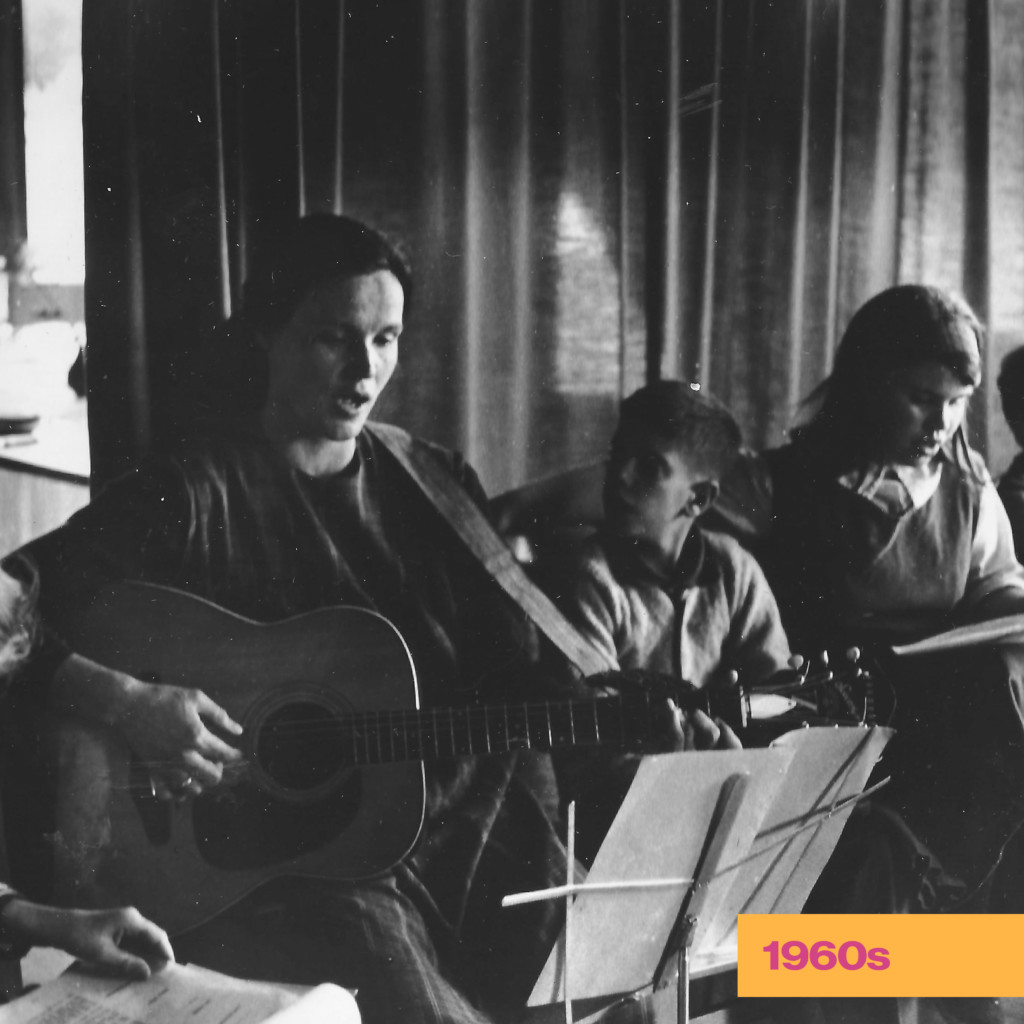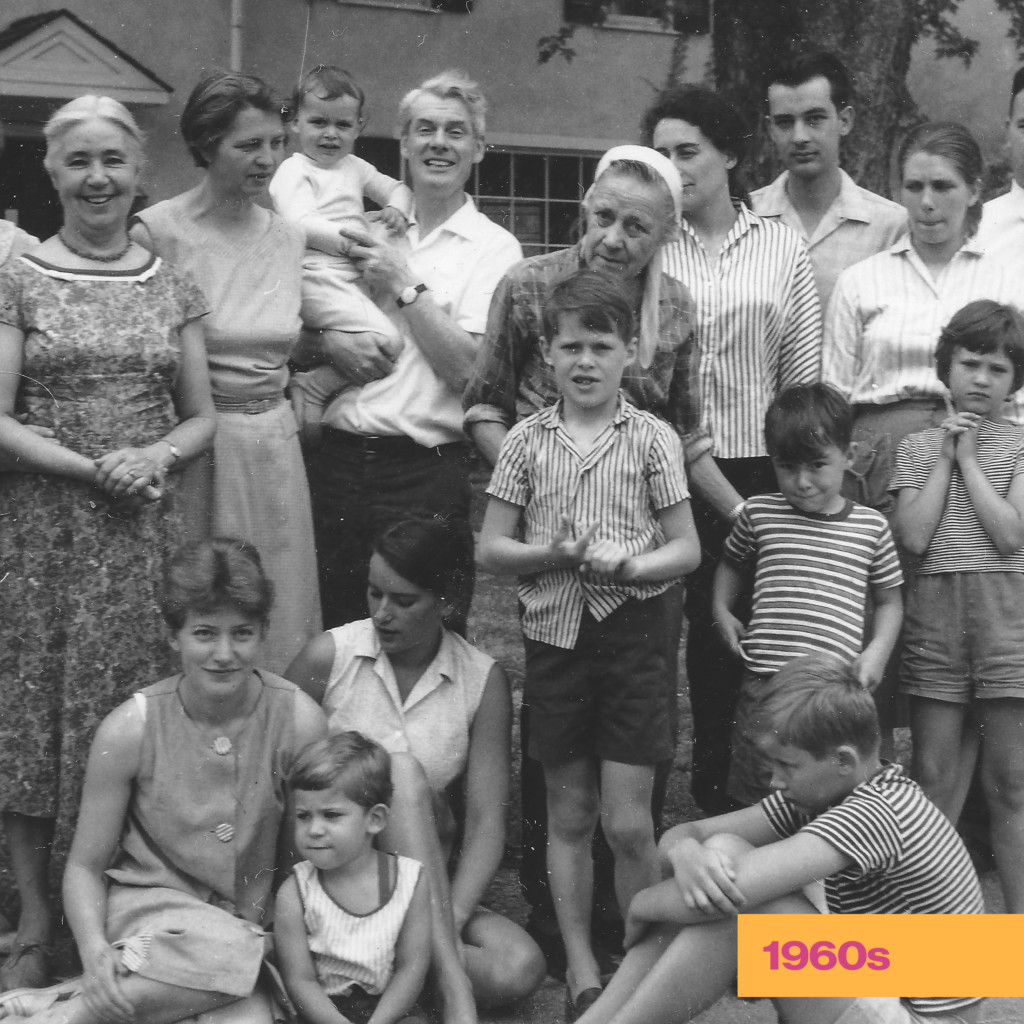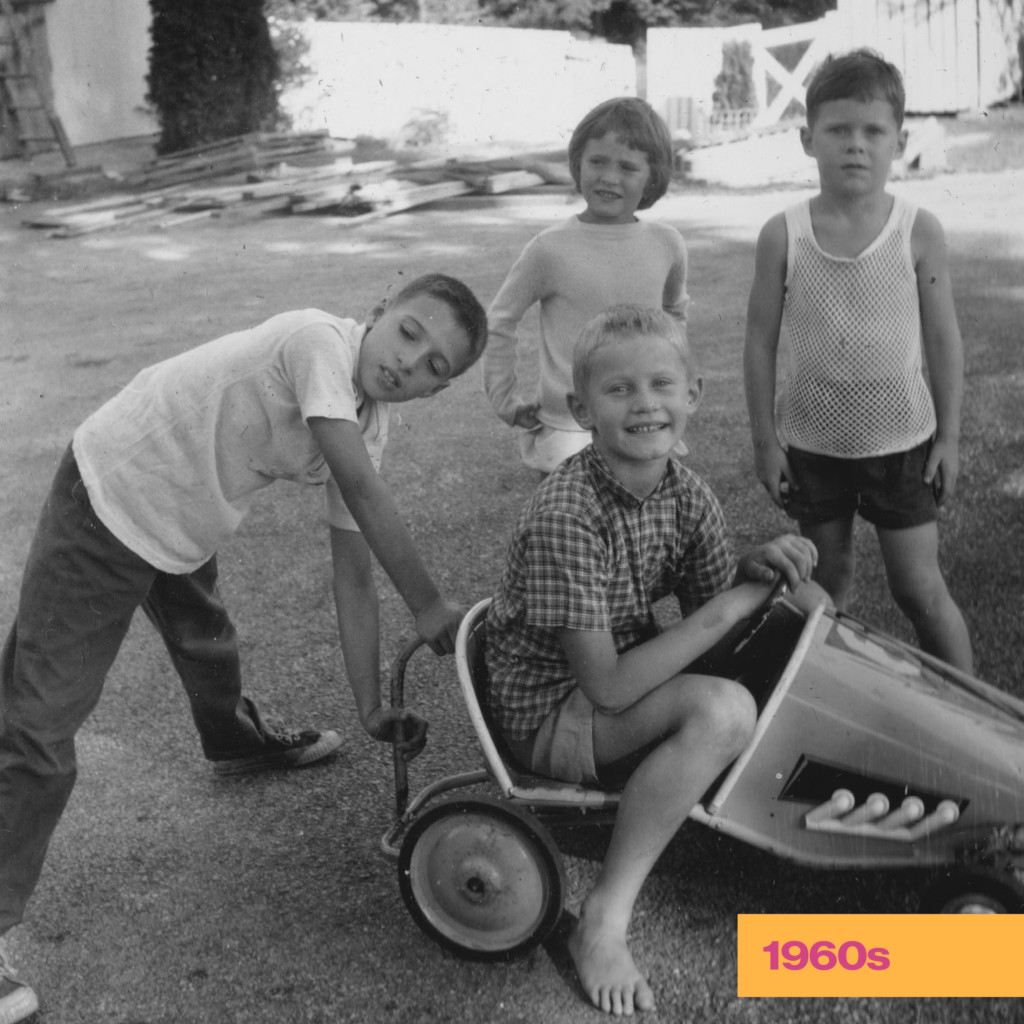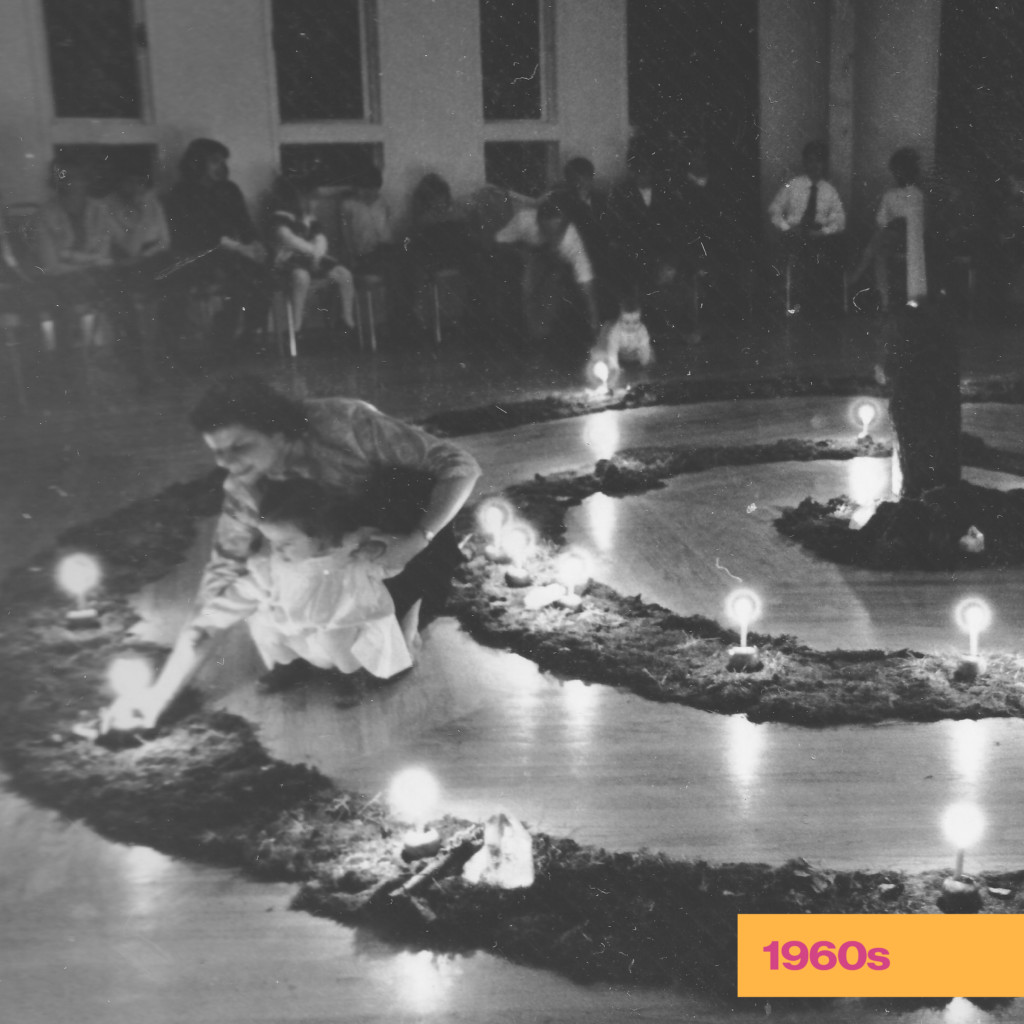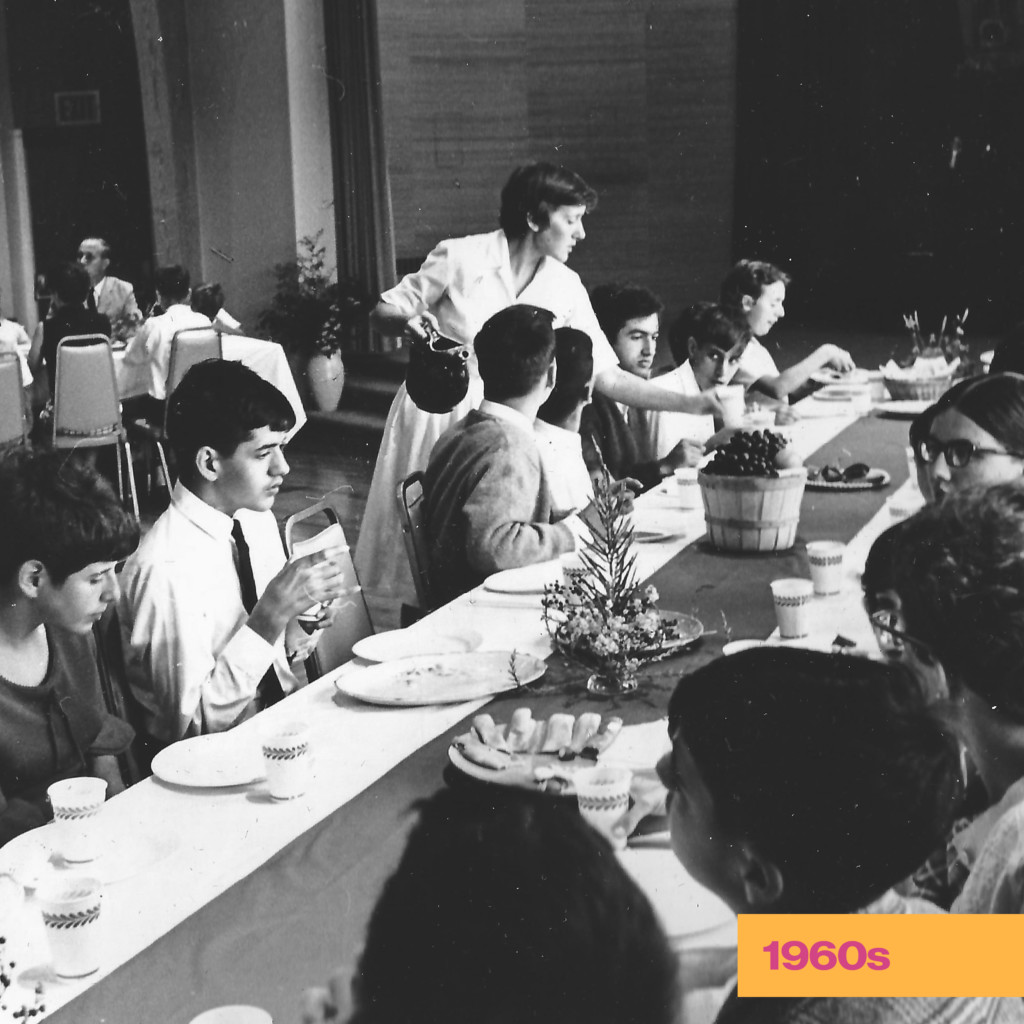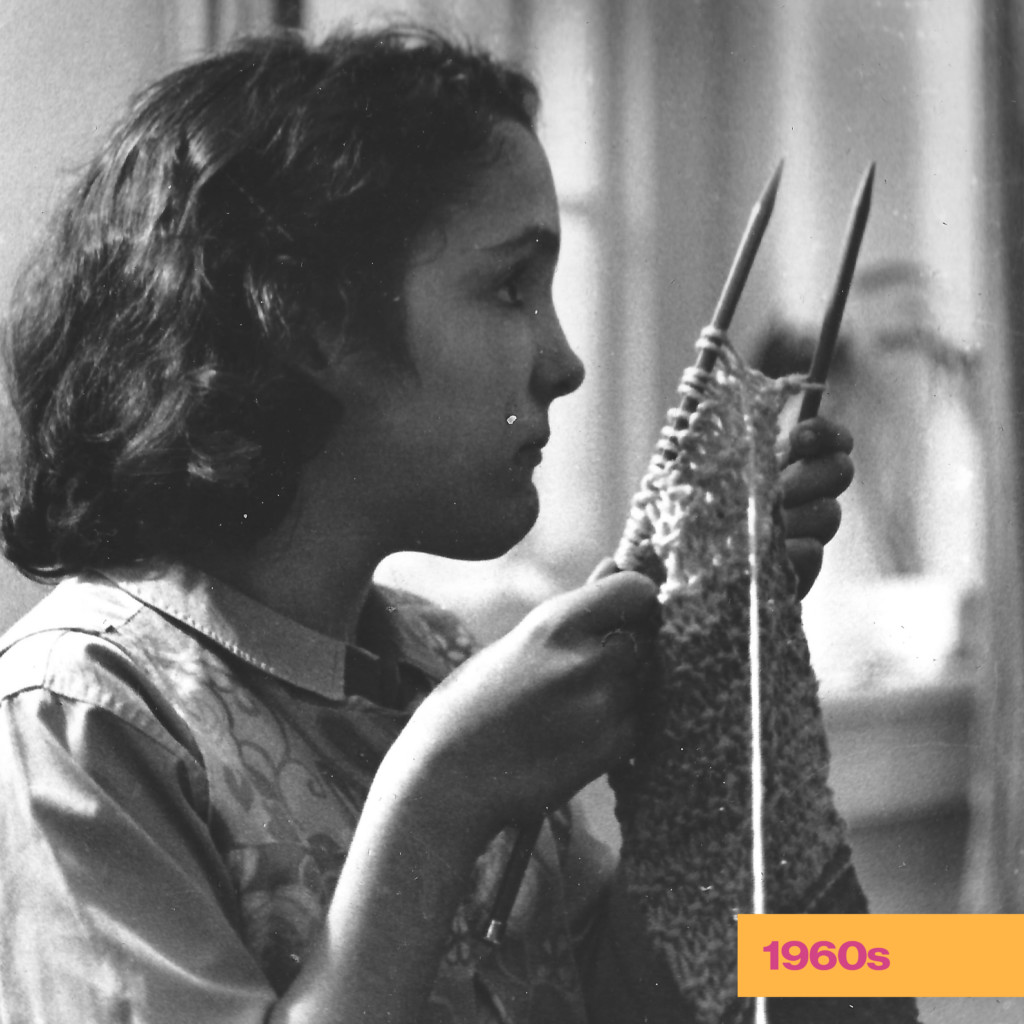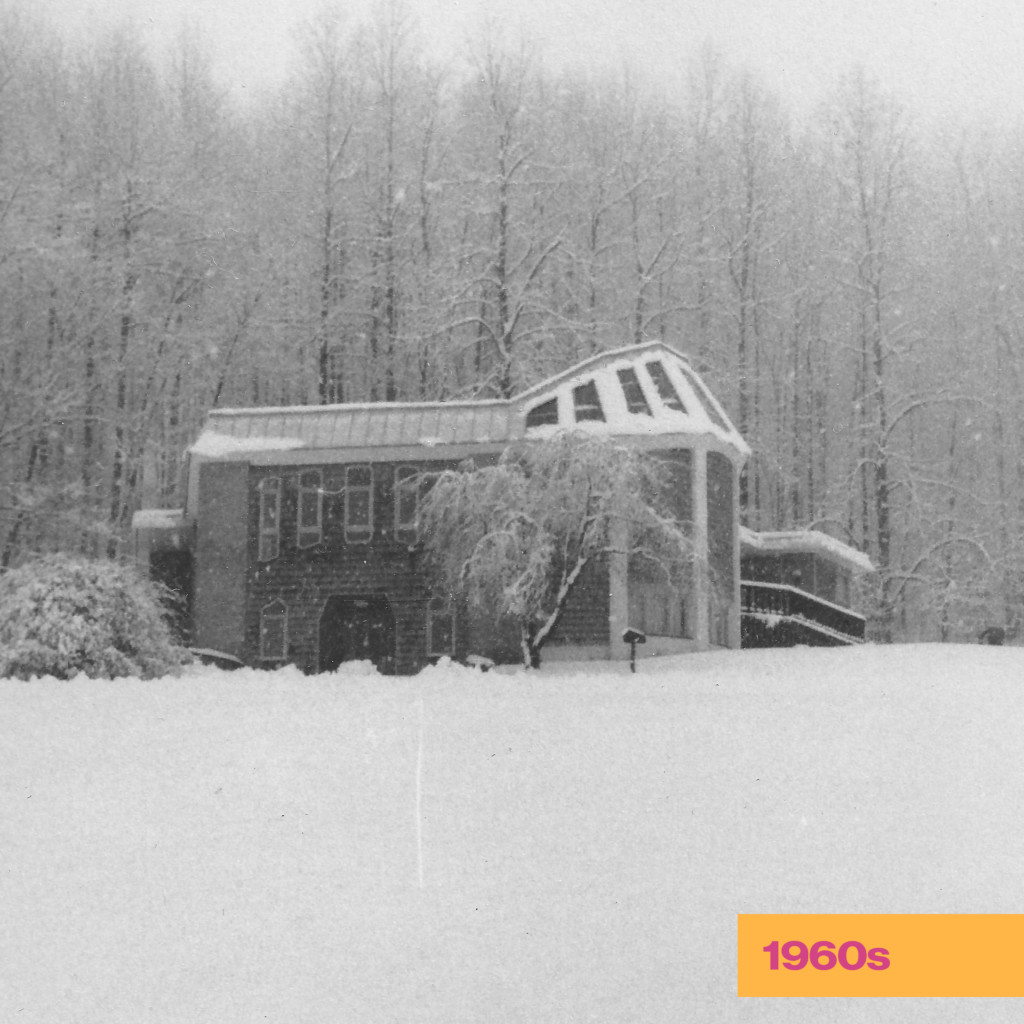The Camphill School History – 1960s

Over the last 60 years, The Camphill School has provided a safe space where individuals of all abilities and walks of life learn and live together. From our humble beginnings to the thriving community we are today, our history is a testament to the hard work and love individuals have brought to this land in the hills of Chester Springs, PA.
Here is an excerpt written by Ursel Pietzner, our founder, about the initial steps of The Camphill School in 1963.
By 1962 we had seventeen special children in Downingtown (several newly
admitted) in the Myrin House. Soon we were “bursting at the seams” and wanted to
expand further. Building a new house was not possible, so we decided to buy a
new property suitable for our expanding needs. After a long search, always looking
in a thirty-mile radius around the Kimberton Farms School (now called Kimberton
Waldorf School), we found Beaver Run in the summer of 1963.
Beaver Run, the “Millionaire’s Place” as we called it, was so beautifully kept by
the lady who owned it. She lived here alone with her six Siamese cats. The large
house had wall-to-wall carpets, a flower garden (mainly irises), pool, horses grazing
in the field—all part of a fifty-seven acre estate. We bought the property with a
mortgage in October 1963. Some alterations to the house had to be done to meet
labor and industry regulations: staircases were altered, fire escape installed, carpets
and a big bar were removed, etc. During this time, November 22, 1963, John
F. Kennedy was assassinated; this was a tremendous shock, never to be forgotten.
On December 9 we moved in, “lock, stock and barrel,” seventeen children, plus
co-workers and the Pietzner family! We were happy owners of Beaver Run, packed
like “peas in a pod in a bed,” beginning to settle and start a new life. During the
Holy Nights 1963/64 we invited the Copake friends for our first regional conference
to celebrate together! Our house (later to be known as “Whitestone”) was the
venue for this joyful occasion (as our students were away during vacation).
In the early years we mostly had privately funded children. So the parents were
very involved in our activities and tried to understand what these people from
Europe with their strange philosophy were doing with their children. We had to get
used to different customs, Americanized English, and the American way of life. For
example, the breakfast table had to have a choice of cereals, drinks, eggs, fruit,
bread, cheese, sweets, and peanut butter—not that the children had to eat everything,
but to have the choice! So we learned.
In addition to housing the school and residential quarters, Whitestone soon
provided a home for the Children’s Service and color-light treatment in the living
room. It was obvious from the cramped living conditions, that we had to remodel
the barn (horse stables, hayloft) as soon as possible into a living unit—and so our
building program began in 1964.


